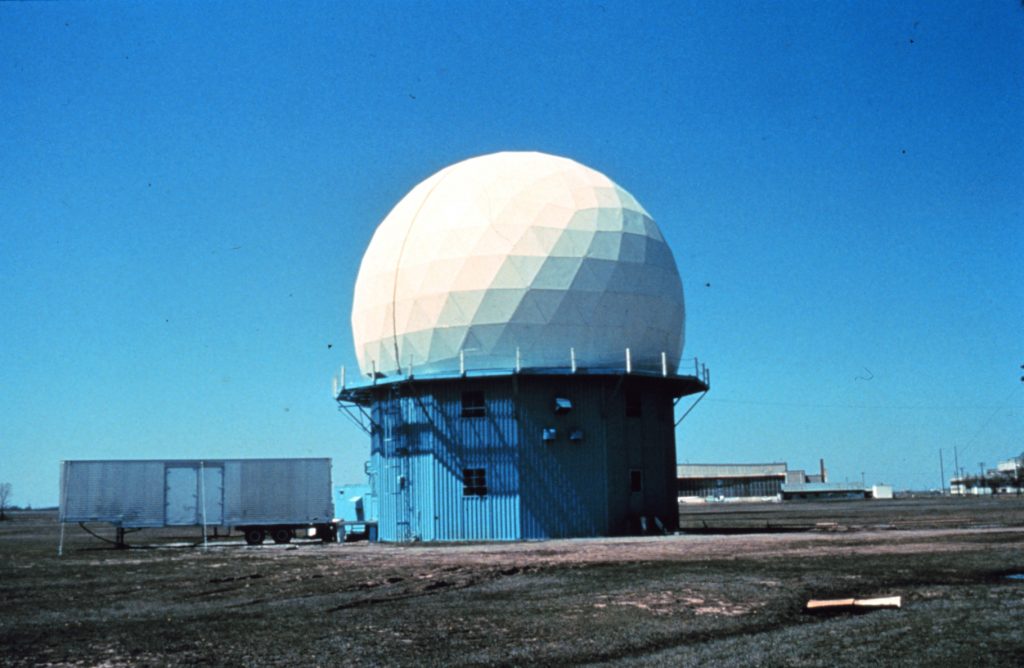Forecasting Tornadoes and Severe Storms With Modern Technology
Tornadoes, with their raw power and unpredictable nature, have long captivated and terrified people. While the science of forecasting these violent storms has progressed significantly, predicting their exact location and timing remains a complex challenge. However, thanks to advancements in technology, data analysis, and a deeper understanding of atmospheric dynamics, we can now decipher the skies with greater accuracy, providing crucial information to keep communities safe.
The Building Blocks of Severe Weather:
To understand tornado formation, we must first explore the ingredients that brew severe thunderstorms, their birthplace.
- Instability: The atmosphere needs to be unstable, meaning the air near the ground is warmer and more humid than the air aloft. This temperature difference creates rising air parcels, the building blocks of thunderstorms.
- Lift: Something needs to initiate the upward movement of air, such as a frontal boundary, a dryline, or even the heating of the ground on a sunny day.
- Moisture: Ample moisture is necessary to fuel the development of clouds and precipitation within the thunderstorm.
- Wind Shear: This refers to the change in wind speed and direction with height. Wind shear is crucial for creating rotation within the storm, a key ingredient for tornado formation.
Identifying the Threats:
Meteorologists rely on a variety of tools to identify and track potential severe weather:

- Doppler Radar: This technology detects precipitation and wind movement within a storm. By analyzing the radar data, meteorologists can identify areas of rotation, known as mesocyclones, which are often precursors to tornadoes. Apps like Tornado Vision utilize radar data to provide users with a visual representation of storm rotation and the potential for tornado development.
- Satellite Imagery: Satellites provide a broader perspective of weather systems, allowing meteorologists to track storm development, movement, and intensity.
- Surface Observations: Data from weather stations on the ground, including temperature, humidity, wind speed, and barometric pressure, provide valuable insights into local atmospheric conditions.
- Weather Models: Complex computer models simulate atmospheric processes to predict future weather conditions. While not perfect, these models have become increasingly sophisticated and provide valuable guidance to forecasters.
Advanced Tools for Enhanced Awareness:
Innovative apps like Predict Now, Hail No!, and Tornado Vision empower individuals with real-time data and storm tracking capabilities:
- Predict Now: Provides users with comprehensive weather information, including forecasts, radar imagery, and severe weather alerts, allowing them to stay informed about potential threats in their area.
- Hail No!: Utilizes a specialized hail detection algorithm to display hail locations and sizes in real-time, offering customizable alerts based on hail size and proximity to a user’s location. This app is particularly valuable for individuals in hail-prone areas or those who work outdoors.
- Tornado Vision: Leverages the power of augmented reality to visualize potential tornadoes within storms. By pointing their phone at a storm, users can see an overlay of data, including the chance of a tornado, hail size, wind speed, and other critical storm characteristics. This innovative technology helps users make informed decisions about their safety during severe weather events.
The Importance of Preparedness:
While forecasting technology continues to improve, tornadoes can still strike with little warning. Preparedness is key to ensuring safety:
- Stay Informed: Monitor weather forecasts and warnings from reliable sources.
- Have a Plan: Develop a family emergency plan that includes a designated shelter location, communication protocols, and emergency supplies.
- Practice Drills: Regularly practice tornado drills so everyone knows what to do and where to go in case of a tornado warning.
By understanding the science behind tornadoes and severe storms, utilizing advanced technology and tools like weather apps, and taking proactive steps toward preparedness, we can better navigate the unpredictable nature of these powerful events and protect ourselves and our communities.
